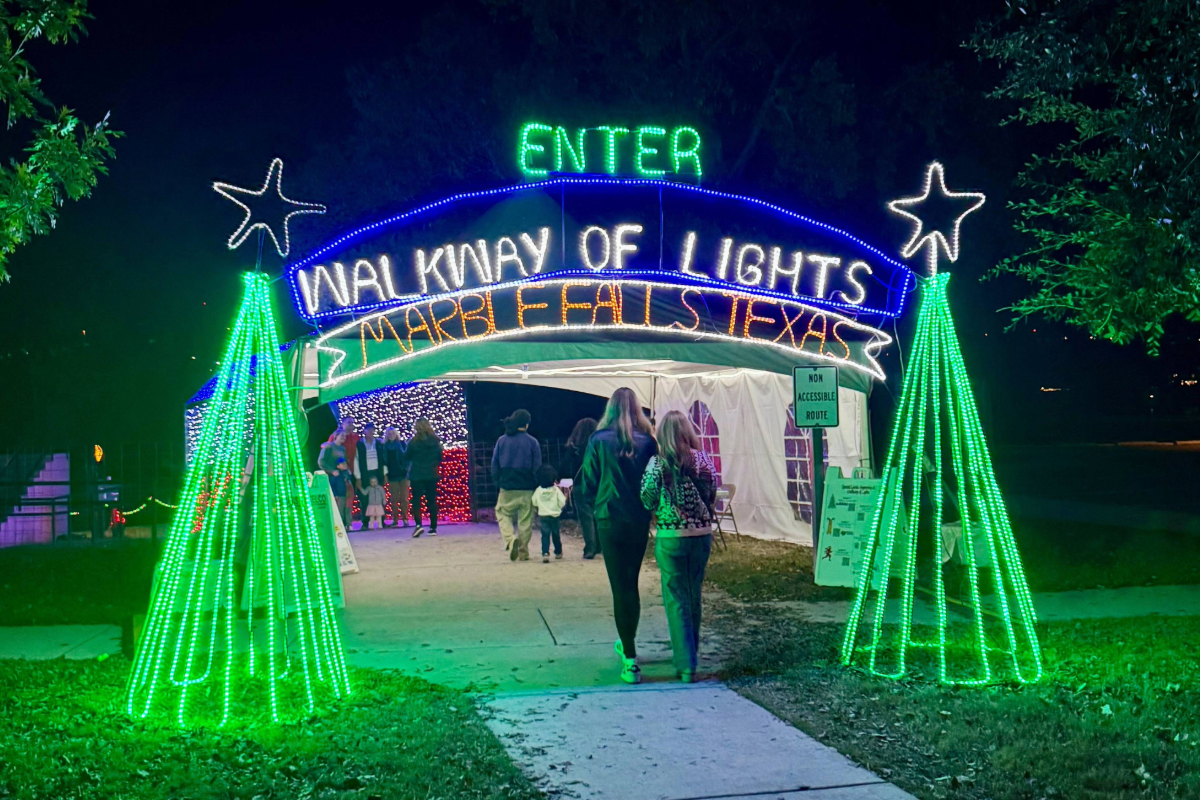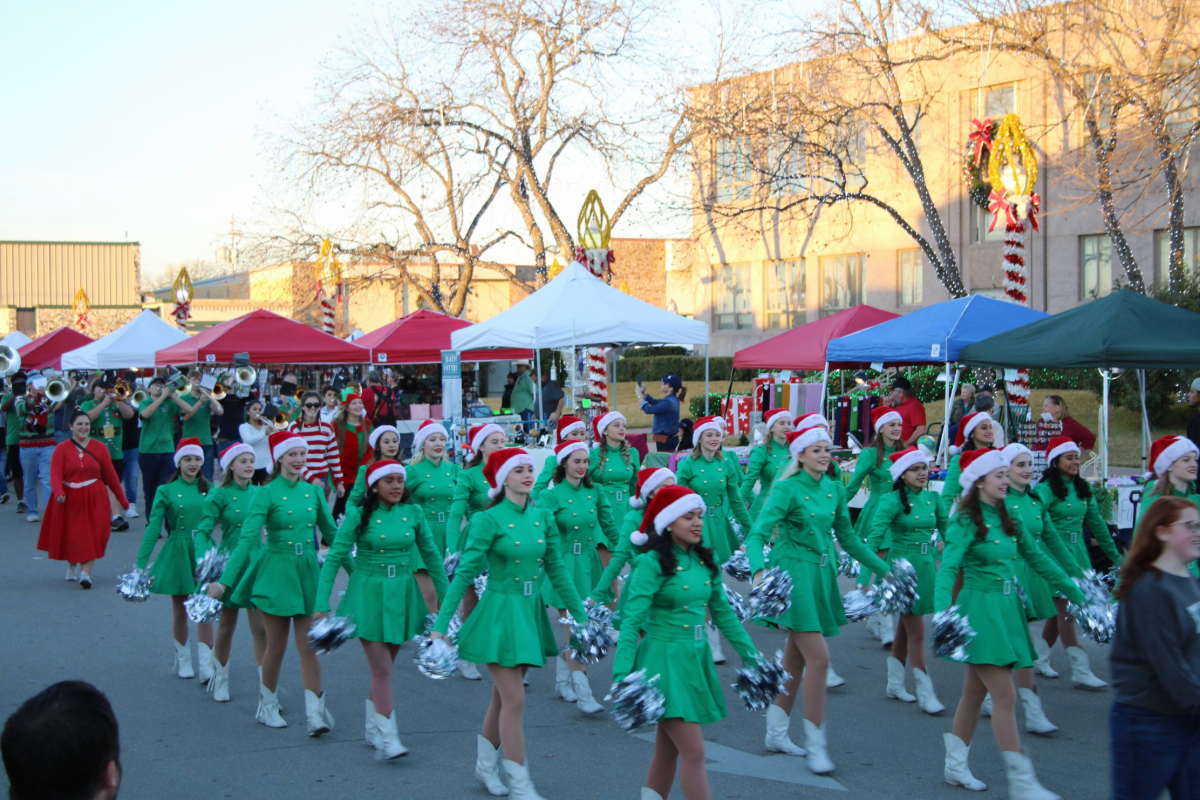
A search online (especially the treasure trove that is Pinterest) will bring up countless eggnog recipes from the traditional to the modern and even non-alcoholic versions to make sure your family and friends don’t get too merry
Eggnog. Say it with me: “Eggnog.”
It sounds so festive — a holiday drink donning a tacky Christmas sweater and getting crazy at the office party.
I remember trying my first swig as a kid. It only hit the grocery story dairy section around Christmas, making it an extra-special treat. That was if my mom or dad bought it. They weren’t keen on eggnog, but they’d occasionally break down and purchase it or we’d run across the drink at a relative’s Christmas party.
That first taste … I don’t know what I was expecting. Maybe something with more of a milk consistency or a sweet vanilla taste. However, that’s not what my tastebuds registered.
Still, it had holiday flair.
Ever since then, I’ve haunted the dairy section like a Christmas spirit, waiting for the first eggnog of the season to return.
Several years ago, a friend scoffed when I told her about enjoying store-bought eggnog.
“That’s nothing like the real thing,” she explained.
Real thing? How much more real can eggnog get?
Well, apparently, the eggnog you find in the grocery store and the “real thing” are very different.
“Worlds apart,” my friend told me.
From where did eggnog originate?
We have some medieval monks in Great Britain to toast this Christmas, although their version was a warm ale punch mixed with eggs and figs known as posset.
Eggs and figs? Warm ale? Stomach churning just a bit.
It WAS medieval Britain, not an era or place known for the culinary arts.
Over time, people started mixing posset with other drinks that had milk or wine bases. Sometime in the 17th century, sherry became a common addition. However, with sherry, eggs, and milk being relatively scarce in Europe at the time, the early version of eggnog was typically a drink of the more well-to-do.
When the drink made its way to the New World, colonists added their own twists — predominately rum. Rum was less expensive and easy to get from the Caribbean.
Soon, this wonderful, spicy (and alcoholic) drink became a hit across all classes and a staple of the Christmas season. Today’s recipes often call for eggs, sugar, milk, heavy cream, nutmeg, and your alcohol of choice.
Of course, different parts of the United States have their own preferred alcoholic addition (whiskey in the South, for instance).
Even the country’s first president, George Washington, had a personal recipe that included rye whiskey, Jamaican rum, and sherry. I’m sure he also added cream, milk, sugar, and eggs, but with all that alcohol, Washington’s Christmas office parties must have been real barn burners — literally, if you got too close to the eggnog with an open flame.
As for the modern grocery store version, it’s quite meek and probably over-sugared compared to homemade versions. In fact, most of the varieties you find in grocery stores contain little, if any, egg, and the same goes for their alcohol content.
If you want to try a traditional recipe, just do an internet search. Don’t be afraid to experiment and give it your own little twist, kind of like the tacky Christmas sweater that you’re wearing to the office party.
daniel@thepicayune.com













